France undoubtedly has a wealth of talent all over the pitch, with a host of attackers vying for a place in the national team setup and an apparent conveyor belt of talent entering the fray for contention in midfield.
The central defence certainly stands out as a particular part of the pitch in which the French are stacked at the moment, with FC Bayern’s Dayot Upamecano and Inter’s Benjamin Pavard starting their second-most recent international fixture only to be replaced by the equally capable William Saliba and Ibrahima Konaté of Premier League Arsenal and Liverpool, respectively, for the second game of the latest international break.
Alongside those mentioned above, Didier Deschamps has got the likes of Aymeric Laporte, Jules Koundé (who started at right-back in a recent international fixture), Lucas Hernández (who regularly features at left-back) and Presnel Kimpembé to keep tabs on throughout the season — what a delightful problem to have for the national team boss.
One man who is making a case for himself to be catapulted into that group mentioned above of world-class French centre-backs is Lille’s Leny Yoro, who is said to have La Liga and UEFA Champions League giants Real Madrid incredibly keen on securing his signature, with LOSC’s Ligue 1 rivals PSG rumoured to be pondering competing with Los Blancos in the race for the 18-year-old’s signature.
This tactical analysis and player-focused scout report will highlight why Europe’s elite should be taking notice of Yoro.
The teenage central defender has sprung into the spotlight this term, playing for one of the top teams in one of Europe’s most competitive leagues.
Our analysis will provide some insight into a key skill Yoro developed an extremely high level of performance with at his young age, which Les Dogues utilised to great effect in their tactics during the 2023/24 campaign.
Furthermore, we’ll discuss in detail how a potential suitor could best use Leny Yoro’s style of play within their own tactical setup moving forward.
Leny Yoro Player Profile & Background
Born in a suburb of Paris in 2005, Yoro was successfully scouted and snapped up by Lille’s youth academy in 2017 while playing for the local team in Villeneuve-d’Ascq — a town just outside the Hauts-de-France capital, Lille.
He made his Ligue 1 debut in the penultimate game of the 2021/22 season — a 3-1 win for Les Dogues over Nice — just one day after his 16th birthday, handing him the distinction of being the second-youngest player ever to make a league appearance for LOSC.
Yoro went on to have more of a presence in Lille’s first team last season, especially in the second half of the campaign when he accrued the vast majority of the 766 minutes with which he finished the 2022/23 French top-flight season.
However, it’s this term that he’s really cemented himself as a first-team pillar for Les Dogues.
Yoro has accumulated 2518 minutes in the league this term at the time of writing —playing as much as 89% of the possible total league minutes.
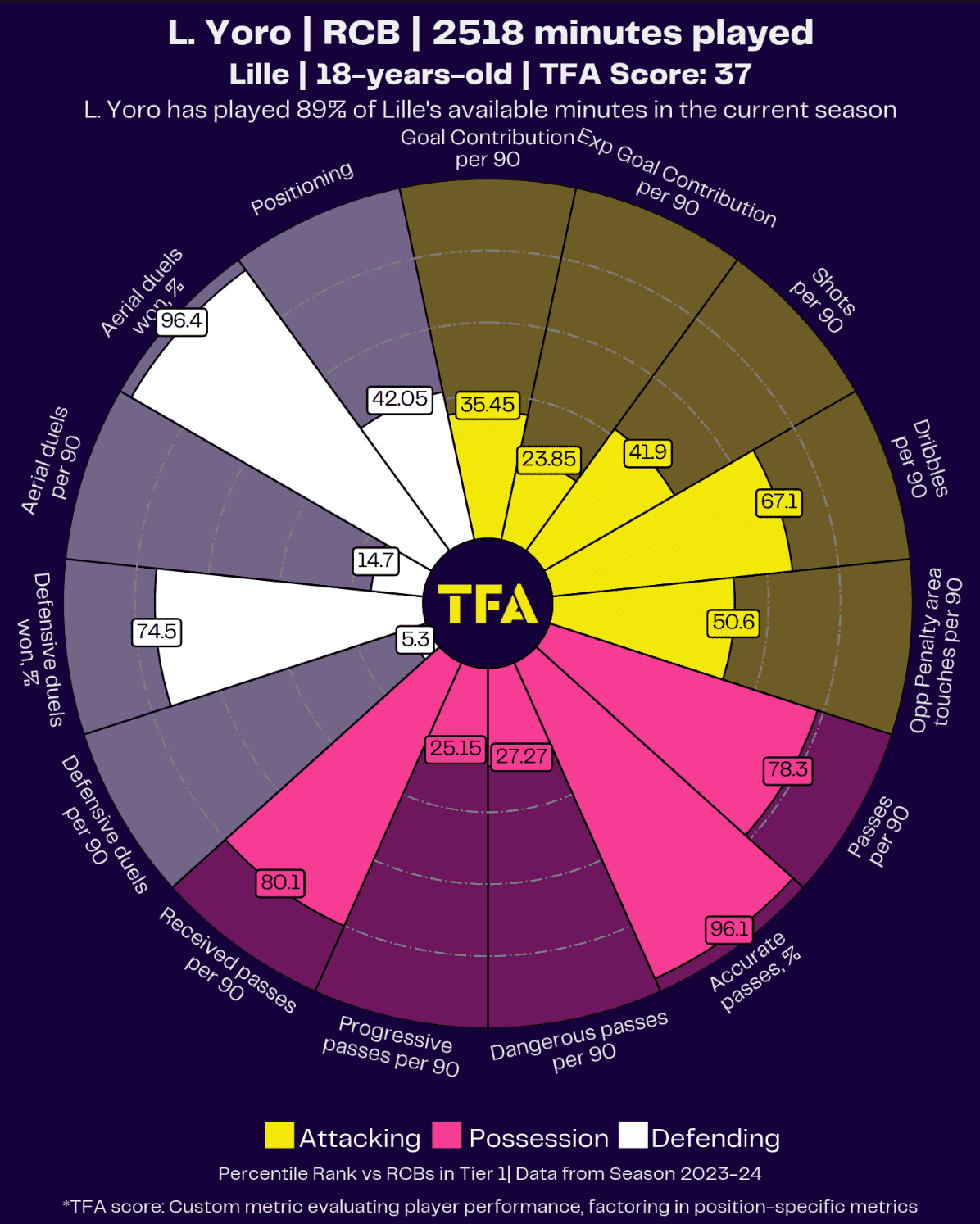
Figure 1 features a pizza chart displaying Yoro’s accumulated minutes for the 2023/24 campaign, along with percentile rankings highlighting which areas of his game have stood out most prominently in 2023/24.
Evidently, the 190cm/6’3”, 78kg/171lbs centre-back is a highly reliable defender, as his 96.4 percentile rank in the percentage of aerial duels won and 74.5 percentile rank in the percentage of successful defensive duels would indicate, in addition to being low-volume in terms of defensive actions.
He doesn’t engage a tonne and is undoubtedly a more passive type of centre-back who prefers to provide cover and hang back rather than dart out of the backline and force the engagement.
He relies heavily on his positional awareness, ability to read the game, and technical skills when making tackles.
Yoro’s out-of-possession qualities are generally where the centre-back stands out most prominently and what really makes him so highly sought-after.
Indeed, Yoro is also heavily involved in his side’s possession play but doesn’t profile as much of a ball progressor.
However, he is highly reliable on the ball, committing relatively few errors for a young player and generally remaining calm even under pressure.
As we proceed into the next section of this tactical analysis, we’ll discuss in greater detail what we’ve identified as the young centre-back’s greatest strengths, as outlined above.
Leny Yoro Strengths
As mentioned above, the 18-year-old Lille man shines most in out-of-possession positioning, his ability to read the game to an incredibly high standard, and his impressive defensive technique.
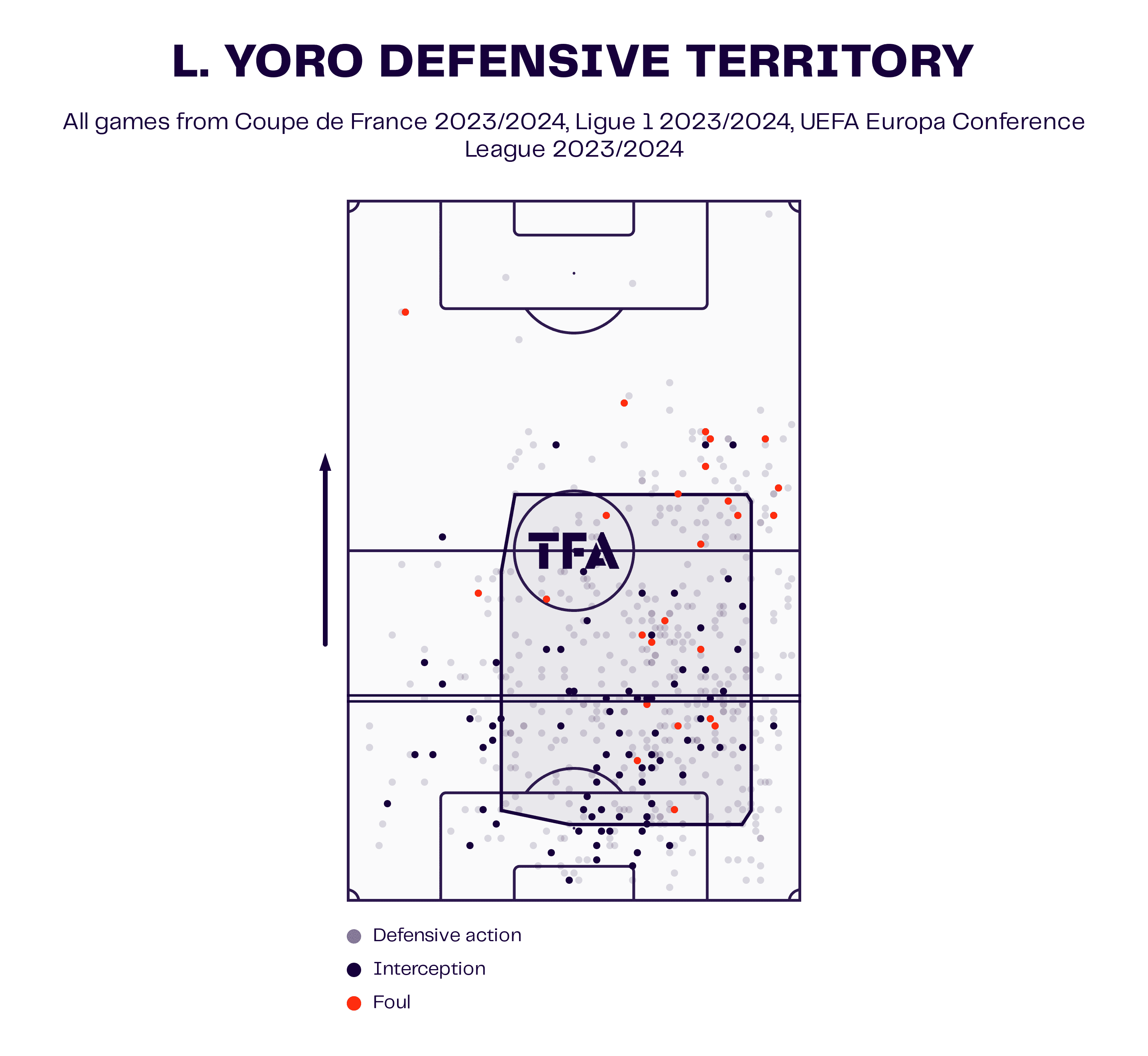
Figure 2 shows Yoro’s defensive territory map from the 2023/24 campaign.
Yoro doesn’t tend to take many defensive actions in the opposition’s half, preferring to hang back and be the more passive defender on his team.
In this way, he can rely on his ability to sense danger and position himself accordingly to deal with it should the potential problem manifest into an actual threat.
Hence, we see by far that most of his defensive actions occur just on the edge of his box or, indeed, inside the penalty area where he has committed one foul this term, as displayed by the graph above, but is normally quite reliable thanks to his proficiency in the areas mentioned above.
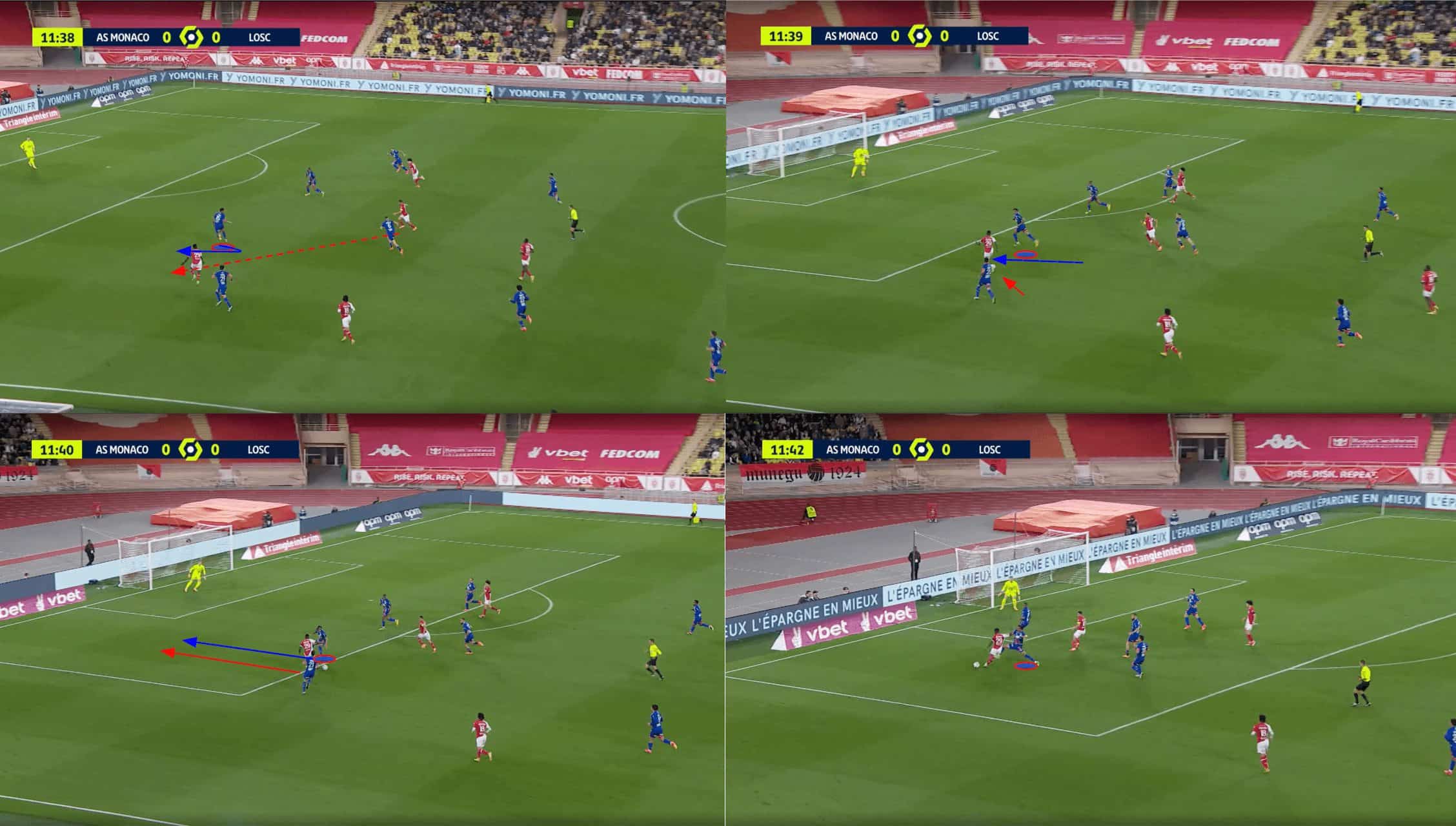
Figure 3 shows an example of Yoro pulling off a vital tackle inside the penalty area.
The passage of play included in Figure 3 demonstrates many of the best qualities in Yoro’s game.
Firstly, he positions his body really well on the edge of the box as the opposition creator eyes up a defence-splitting through ball.
He’s side-on, ready for the possibility he’ll have to turn and run back to cover for any danger in behind.
He also remains in a good position to see the man on the ball and react to any other sudden runners into the space ahead of him.
This gives us some insight into the centre-back’s mental process when it comes to defending his area in these kinds of situations.
He thrives in settled defensive phases, including the mid-low block.
Whenever he’s given time to think and calculate the best possible solution to the attacking problem from a defensive perspective, he typically performs to a high enough standard.
On this occasion, we see that the centre-back has to turn and deal with the runner moving in behind who receives the through pass.
The seamless transition emphasises the importance of body positioning when defending in a situation such as the one laid out above.
Yoro sticks to his man well as the dribbler attempts to carry the ball past him and into a decent position for chance creation or possibly even goalscoring before the 190cm defender utilises his long limbs to make a crucial last-ditch challenge inside the box to protect his goal.
The Lille man is incredibly difficult for ball carriers to get past, and this results mostly from his ability to position himself in highly advantageous positions, use his long limbs to his advantage and get something on the ball even if he’s positioned somewhat away.
Yoro is also incredibly persistent in tracking dribblers, with a knack for really sticking to his man.
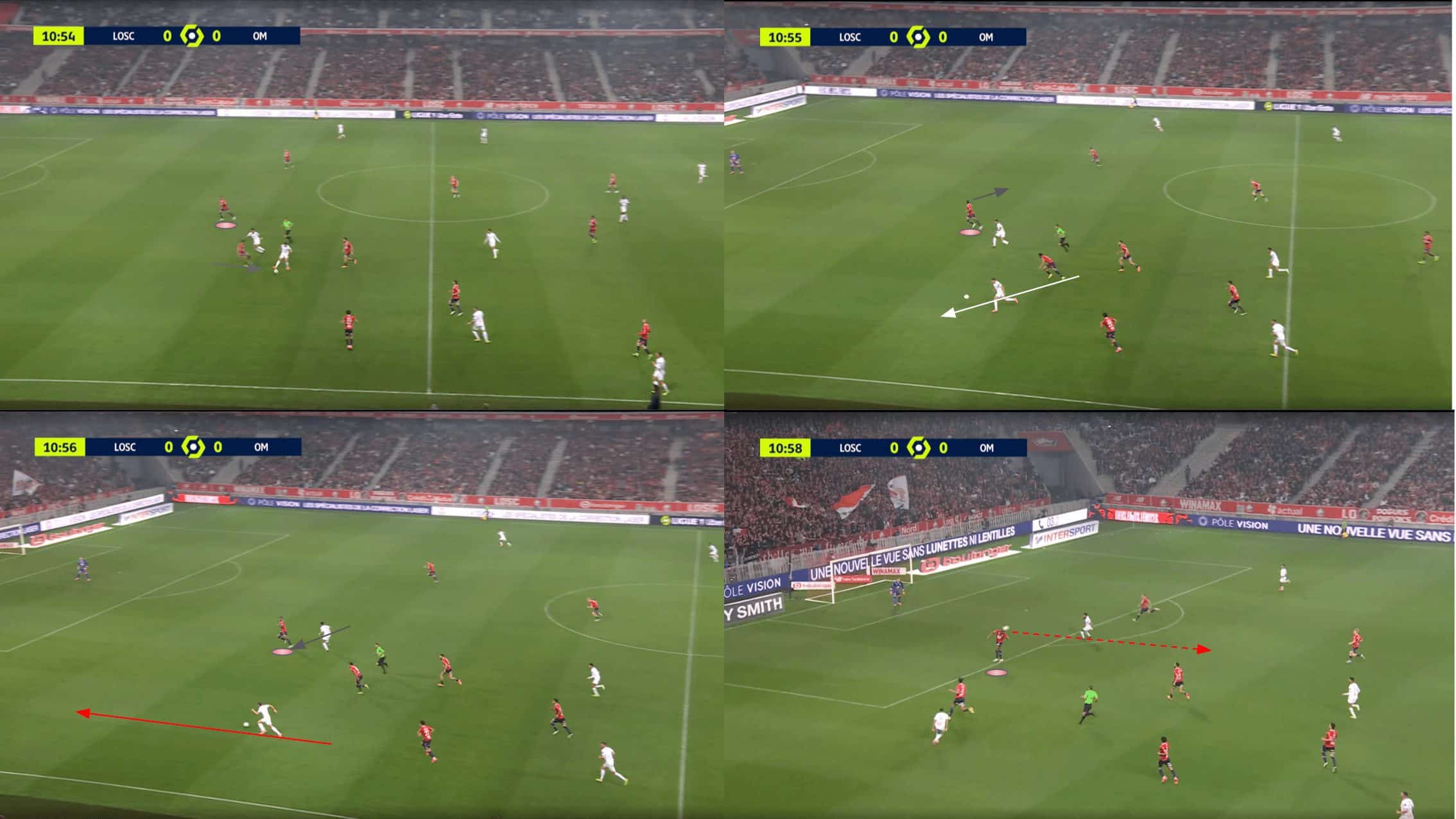
Figure 4 shows another instance of Yoro utilising his strong sense of defensive positioning to be in just the right place to regain possession in what could have been a threatening scenario for his team.
Here, we have an excellent example of how Yoro works best in the defensive partnership.
While his central defensive partner runs out of the backline to act as the aggressor and challenge the opposition receiver in the middle third, Yoro drops off and prepares for the possibility his teammate is beaten.
That’s ultimately what happens.
As we enter the second (top-right) of our quartet of images above, we observe that Yoro ensures he checks his shoulder at an appropriate time (in between the opposition dribbler’s heavy touches), keeping himself 1.
Aware of other attackers looking to run in behind and exploit the space on his blind side, and 2.
Remain aware of his teammates’ positioning.
As play progresses, we see the ball-far full-back close the space between himself and Yoro as a runner attempts to dart into it after Yoro has alerted his teammate to this potential issue— a great display of on-the-pitch leadership and intelligence from the young defender.
Finally, when the opponent on the ball out wide attempts his cross into the danger zone, Yoro is perfectly placed between the ball carrier and the runner behind to intercept the pass and get the ball out of harm’s way quite casually, making what could’ve been an important attacking moment for the opposition a pretty trivial event in the grand scheme of this game.
Yoro is a very calculated and cerebral defender whose intelligence is exhibited by how he often pops up in just the right position to deal with issues while making the job of centre-back in Ligue 1 look much easier than it actually is.
Defending in the mid-low block can be much more mentally draining than physically, but for Yoro, it doesn’t appear incredibly taxing, which is where he really adds value.
He can make good defensive decisions quickly and efficiently with good reliability over the course of 90 minutes.
Leny Yoro Weaknesses
No player is perfect—that includes Yoro.
When scouting a player, identifying the weaknesses is always just as important, if not more important, than the strengths.
For Yoro, it’s imperative he’s placed in the right defensive situations that allow him to show the best of himself and succeed while masking the scenarios that cause him to be somewhat exposed, such as when he’s dragged out and forced to defend more aggressively.
When Yoro is forced into an engagement on the attacker’s terms rather than his own, he isn’t as comfortable and can struggle a bit.
He doesn’t like moments of chaos.
This can occur when his team lose the ball deep when trying to play out from the back and in defensive transitions.
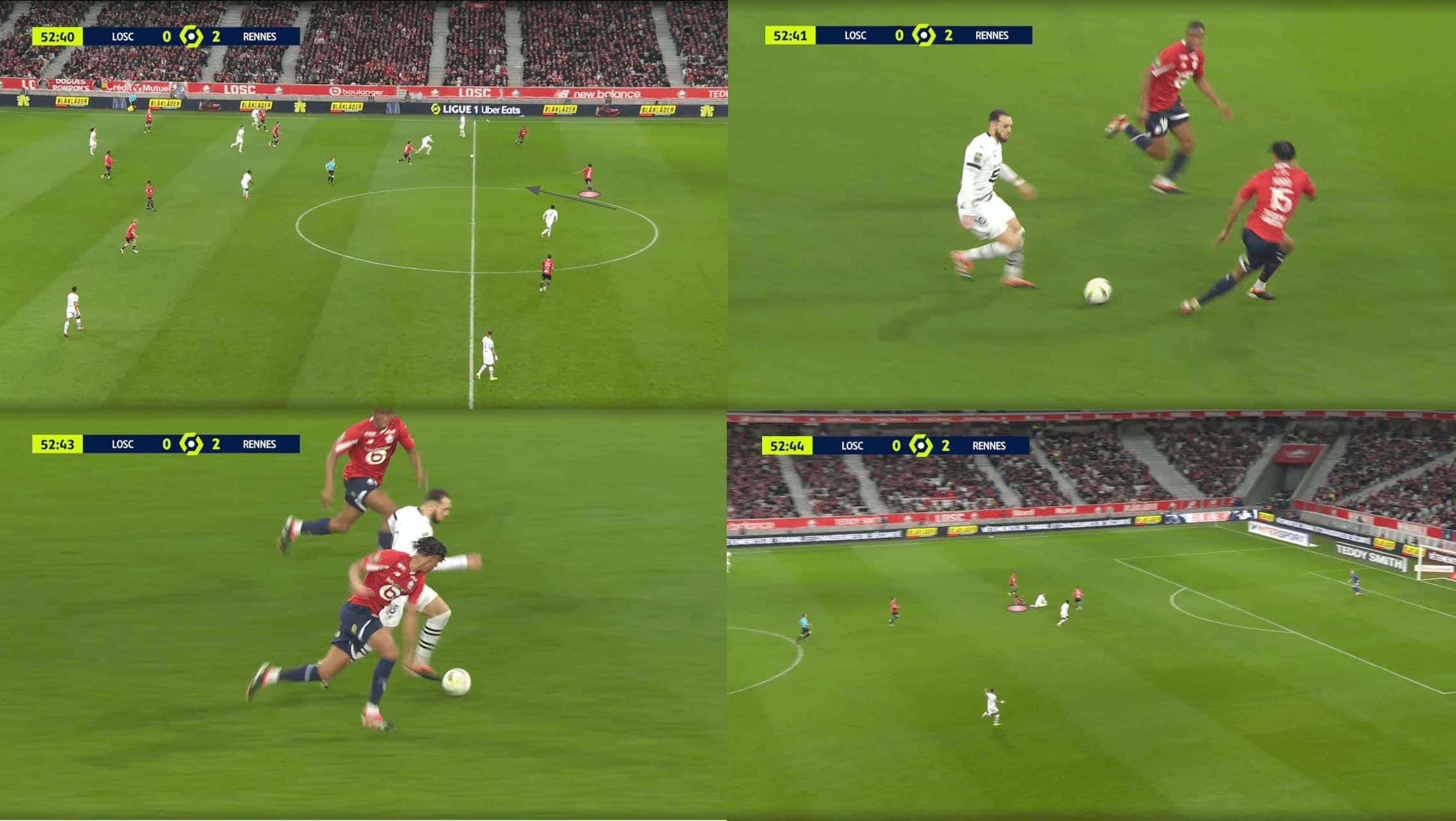
Figure 5 shows an example of Yoro getting caught out when engaging an attacker driving forward against Lille on the counter.
The centre-back is visibly uncomfortable as he initially decides to abandon his post, so to speak, at the deepest point of the backline and approach the ball carrier dribbling towards him.
After first closing the distance, Yoro begins backtracking, aiming to deny the ball carrier — Amine Gouiri — space to attack behind him, slow the attacker down and give his team time to recover or force the Rennes playmaker into a mistake that would allow Yoro to regain possession.
However, Gouiri is a very impactful dribbler of the highest quality who found a way past Yoro; this ultimately forced the LOSC defender into making a foul in what could’ve been a dangerous spot for a Rouge et Noir free kick.
In this case, Lille were down by two goals in the second half, so the onus was on them to take the game to their opponents, which probably led to Rennes ultimately getting more counterattacking opportunities as Les Dogues threw more bodies forward and took greater risks in possession.
This obviously isn’t Yoro’s ideal defensive scenario; he performs much better in settled defensive phases and can get caught out if he rushes into engagements, as he had to in this instance.
In addition to the above, a speedy and agile attacker could find a way to carve open a shooting opportunity when 1v1 with Yoro with the ball at his feet, as we’ve seen at times this term, so he isn’t infallible in 1v1s either.
Lastly, Yoro is evidently still young and still has a ways to go when it comes to completely filling out his large frame.
Some physical development is still very much possible for the young centre-back, which will help make him a more imposing physical unit who would not be outmuscled by even the strongest forwards and potentially make him an even greater asset in the air.
Conclusion
In conclusion, Yoro is highly sought after due to his unique traits as a composed central defender who specialises in covering as the more passive centre-back in a back two, probably alongside a more aggressive partner or potentially the central defender in a back three.
He reads the game to an extremely high level for an 18-year-old and possesses an excellent ability to position himself and shape his body exactly.
As we’ve analysed in this Leny Yoro Scout Report, Yoro can be exposed when he’s forced to defend aggressively, but there’s still ample room for physical development in his game.
All in all, Yoro is clearly a very good defensive prospect for his age, and it’s no wonder he’s attracting plenty of interest given the level he’s performing at and the composure he displays off the ball as a very intelligent centre-back despite his lack of experience.
This type of centre-back would often develop his critical mental skills far later in his career than we saw with the LOSC man.
Given the extent to which Les Dogues have relied upon him in France’s top-flight this term, having just turned 18 in November, we can see why the world’s top clubs would view the youngster as a worthy investment to help along with his continued development.

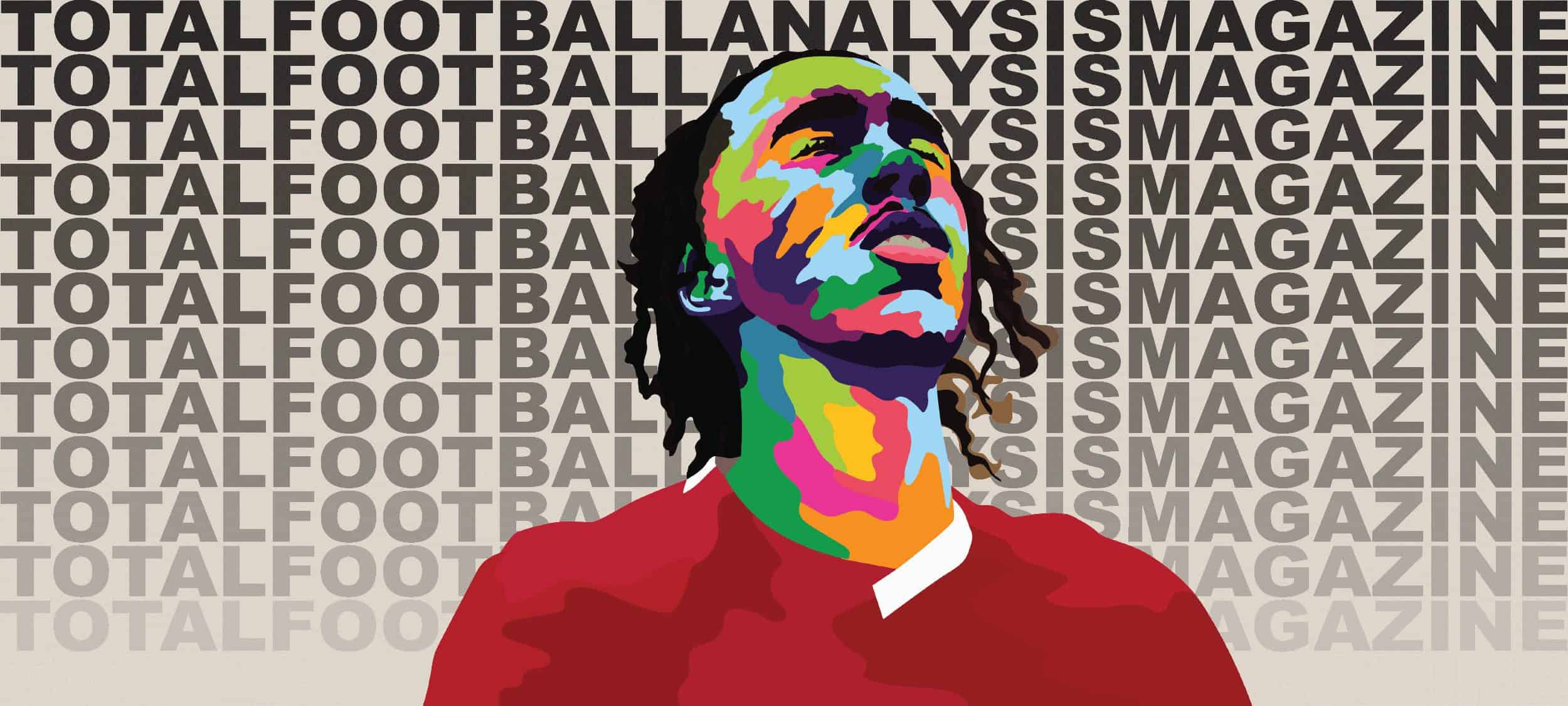



Comments